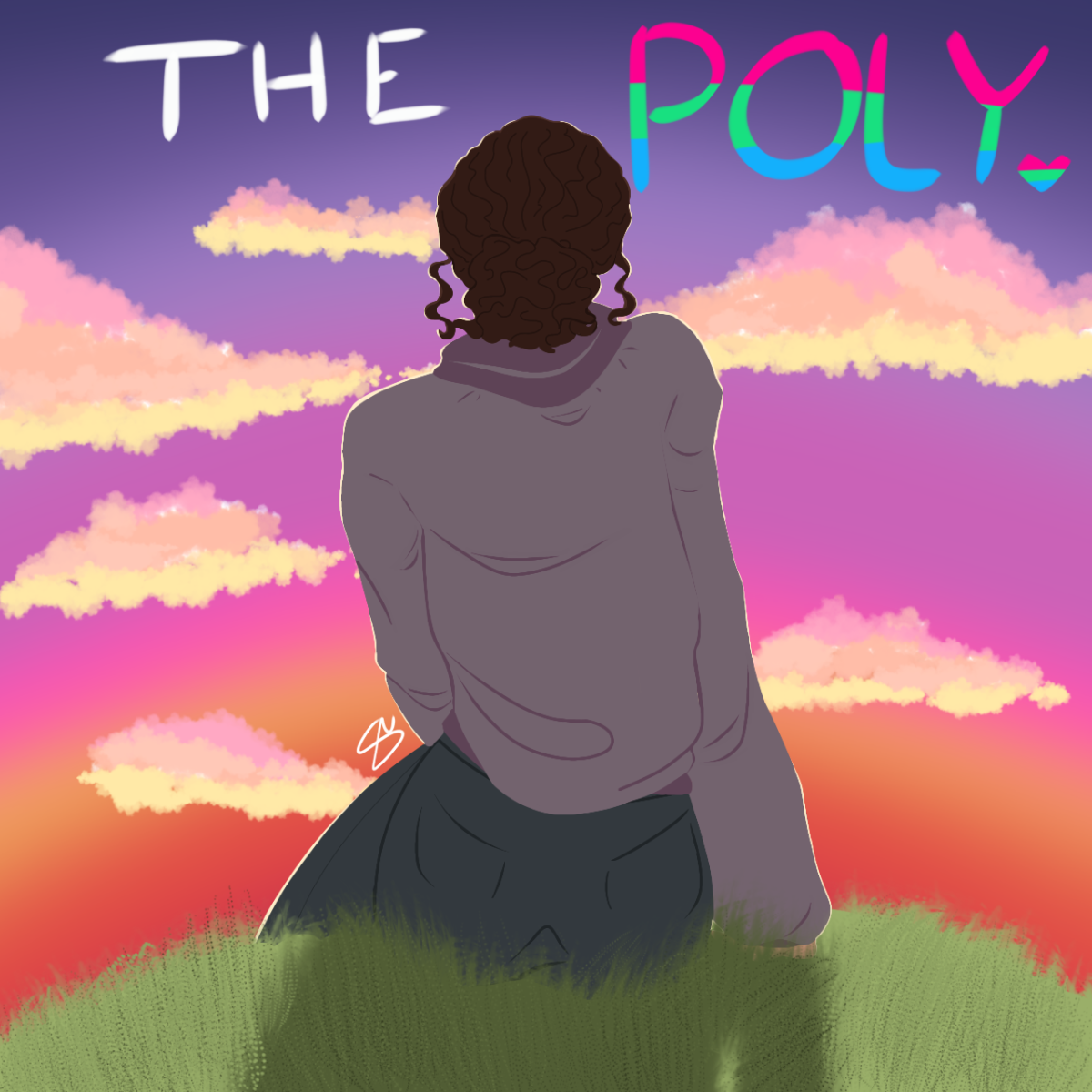Folklore Friday-Part 2: The Wendigo
November 15, 2019
WARNING: This content may not be suitable for some viewers.
Wendigo
The Wendigo is an urban legend that tells of a hunter or person becoming lost in the woods during brutally cold winter months. With little food or water, an intense hunger rages inside their stomachs and eventually drives them to crave human flesh. After committing cannibalism, they transform into a crazed beast, roaming the forest in search of more people to eat.
Originating in Algonquian Native American folklore, the Wendigo is said to be a cold-weather creature. Most sightings have been reported in Canada, as well as colder northern states such as Minnesota. At the turn of the 20th century, the Algonquian tribes blamed many unsolved disappearances of people on wendigo attacks due to a large number of their people going missing mysteriously.
The creature is said to be almost 15 feet tall, but its body is often described as emaciated. People have come to the conclusion that since it doesn’t catch people often, its hunger is never satisfied. Obsessed with hunting for new victims, it is forever hungry until it is eating another person, relieving its cannibalistic urges for a short period of time.
As author Basil H. Johnston once described it, “The Wendigo had desiccated skin pulled tightly over its bones. With its bones pushing out over its skin, its complexion the ash gray of death, and its eyes pushed back deep into the sockets, the Wendigo looked like a gaunt skeleton recently disinterred from the grave. What lips it had were tattered and bloody… Unclean and suffering from suppurations of the flesh, the Wendigo gave off a strange and eerie odor of decay and decomposition, of death and corruption.”
According to ethno-historian Nathan Carlson, it’s also been said that the Wendigo has large, sharp claws and massive eyes like an owl.
Some say the Wendigo is abnormally fast, while others say it walks slowly, as if it’s falling apart. No matter the speed, the wendigo doesn’t rely on pursuing his prey in order to capture and eat it. Rather, one of the traits is the ability to mimic human voices. They use this skill to lure people in and draw them away from civilization. Once they’re isolated in the wilderness, a feast begins.
A rough translation of Wendigo is “the evil spirit that devours mankind.” This attributes to another power they have: possession. Once the Wendigo has infiltrated human minds, it can instill the same lust for human flesh that it has, turning humans into Wendigos as well.
One of the most infamous cases is the story of Swift Runner, a Native American man who murdered and ate his whole family during the winter of 1879. He claimed to be possessed by a “windigo spirit” at the time of the murders. There have been quite a few other stories about these spirits possessing people in communities stretching from northern Quebec to the Rockies. Many of these reports were shockingly similar to the Swift Runner case.
The majority of supposed wendigo sightings happened between the 1800s and 1920s, and few reports of the wendigo have surfaced since then. However, people who are curious about seeing the beast would most likely try their luck in nearby forests during the colder months.
















